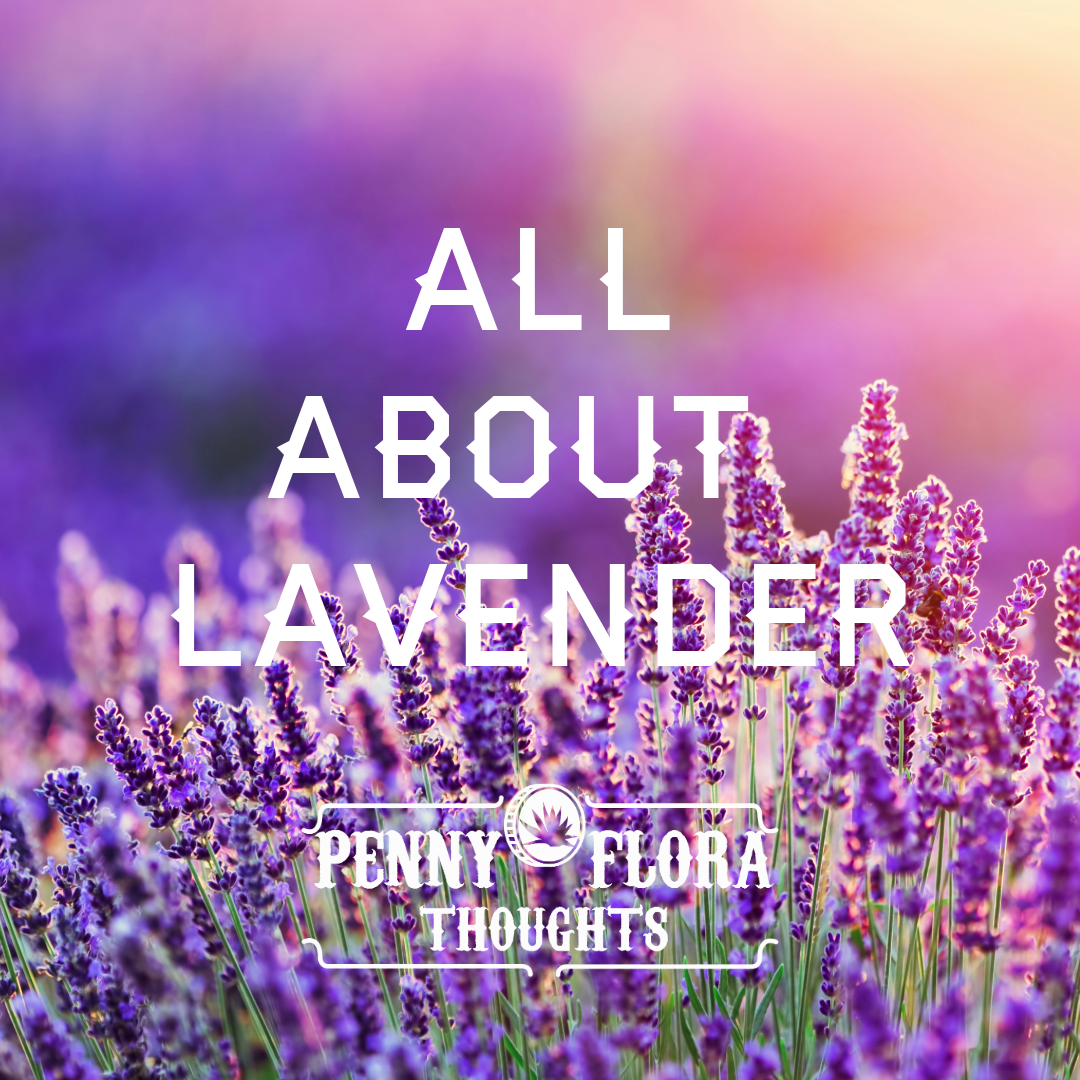All About Lavender
Stop by the Ranch and take in the oh-so-fragrant lavender! For Lavender Daze, we’re celebrating all-things lavender, May 31st, June 1st, & June 2nd, with a Maker’s Market of lavender products, food trucks, and 1,000 premium lavender plants all grown here in our greenhouses.
With its iconic scent, long-lasting flowers and drought tolerance, it’s no wonder lavender is an all-time favorite perennial! We absolutely love this scented herb and grow several varieties especially suited for Midwestern gardens. Here’s a growing guide to ensure success with these aromatic darlings.

History of Lavender
Lavender’s calming fragrance has been cherished for 2,500 years back to the ancient Greeks and Romans who first planted it to scent their bathes. In fact, lavender’s name comes from the Latin word “lavare” which means “to wash.” Today, lavender is still cultivated for its essential oils for soaps, candles and perfumes. The herb is also treasured for its flavor. Bakers use dried buds - whole or crushed -- in sweet scones, cookies and breads, while chefs use them in savory rubs, marinades, sauces and the French herb blend “Herbs de Provence.” Mixologists even use the buds in simple syrups to flavor cocktails, lemonade or iced tea.

Types of lavender
Lavender, native to the Mediterranean region and part of the mint family, adapts well to the Midwest’s growing conditions. The key is to select the hardiest varieties among the 30 different lavender species. Following are four top picks.
- English lavenders (Lavandula angustifolia) feature blue-green leaves and small, tight flower clusters that bloom in early summer. They are fragrant, the go-to for culinary gardeners and hardy to zone 5. Try ‘Munstead’ or ‘Hidcote’ varieties that tolerate humidity better than others.
- Lavandin hybrids (Lavandula x intermedia) are English lavender hybrids that bloom later and have a higher essential oil content. Gardeners appreciate their large gray-green leaves, strong fragrance and fast growth rate. Try ‘Phenomenal,’ ‘Grosso’ or ‘Provence’ – the famous perfume lavender.
- French lavenders (Lavandula dentata) have smaller, more delicate and later blooming flowers than English lavenders. Their leaves are more needle-like and toothed, hence the species name dentata. These lavenders are native to Southern France and thrive in full sun and gritty soil.
- Spanish lavenders (Lavandula stoechas) have spikes of purple flowers topped with white or yellow tufts. Native to Spain and Portugal, these lavenders are hardy to zone 7, so they are typically grown as an annual in colder northern climates.
How to Grow Lavender
Lavender is a relatively easy plant to grow. They just need plenty of full sun and well-drained soil –ideally a slope or gravely soil. They can be grown either in the ground or in containers. Water new plants regularly until established then go easy on the water. Overwatering (and even heavy snowfall) can cause lavender roots to rot. Deadhead spent flowers to encourage new blooms. For English lavenders, prune them in late August, cutting up to two thirds of the plant’s height. To harvest and preserve lavender flowers, cut stems when blooms are fully open then hang clusters upside down in a cool, dark place to dry. Remember to leave a few flowers for the pollinators that feed on the pollen and nectar.



8 comments
Do you still have pink salvia as an annual?
How do I get 4 tickets for Saturday?
How do I get 4 tickets for Saturday?
How do I get 4 tickets for Saturday?
Do you have a catalog list of which lavender plants you have available?